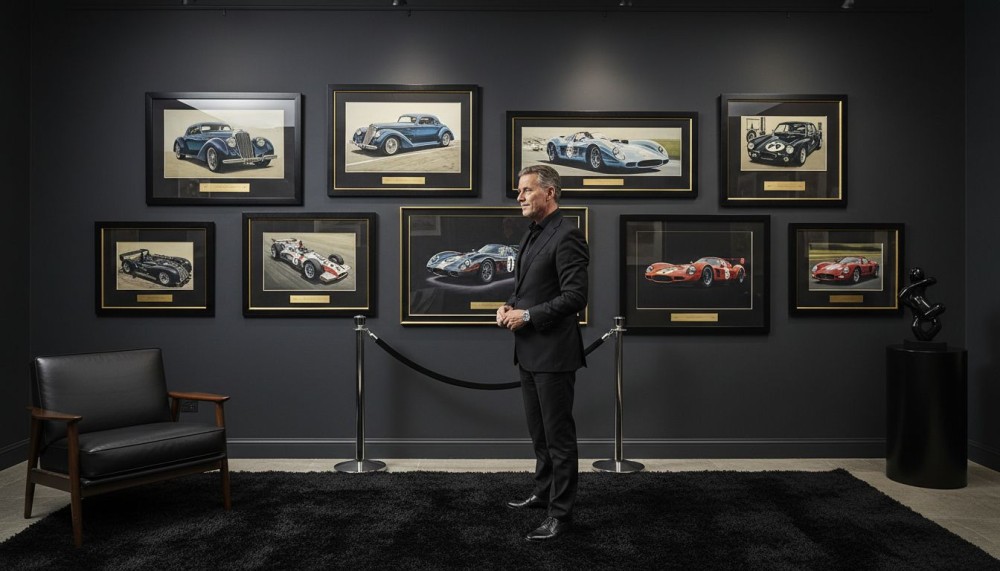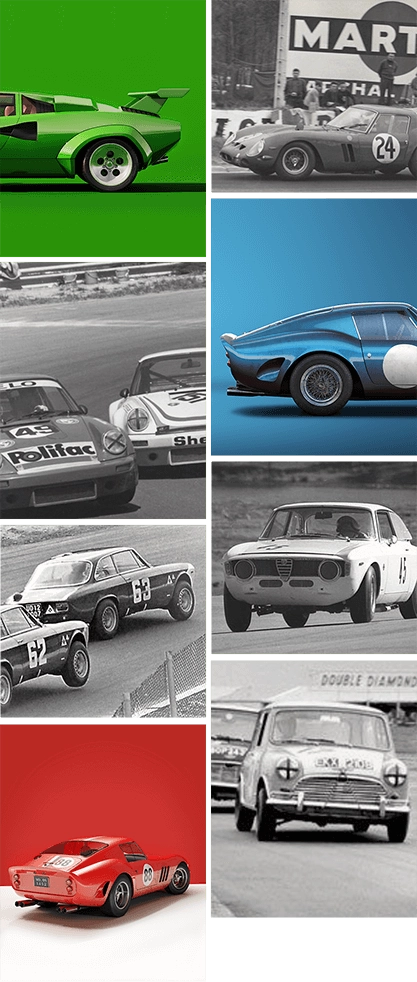Defining Automotive Art and Its Evolution
Automotive art transcends mere transportation, transforming vehicles into captivating visual expressions that reflect cultural zeitgeist and technological innovation. Auto Journals reveals how automotive design has dramatically shifted from purely functional machines to aesthetic masterpieces, representing more than just mechanical transportation.
The evolution of automotive art can be traced through distinct design eras, each representing unique aesthetic philosophies. Early automotive designs were utilitarian rectangles focused on mechanical efficiency. As technology advanced, designers began incorporating sculptural elements, transforming vehicles into rolling artworks. Design Insights emphasizes that cars became symbolic representations of societal values - reflecting economic prosperity, technological progress, and cultural identity.
Key characteristics of automotive art include:
- Dynamic line compositions
- Emotional design language
- Technological innovation as aesthetic element
- Cultural and historical narrative representation
Modern automotive art embraces both digital rendering and physical craftsmanship, blending computational precision with human creativity. Artists and designers now view automobiles as three-dimensional canvases, exploring form, color, and movement in ways that challenge traditional transportation paradigms. Complete Guide to Motorsport Artwork Collecting explores how automotive design has become a sophisticated intersection of engineering, cultural expression, and visual storytelling.
Major Styles and Popular Mediums in Automotive Art
Automotive art encompasses a rich tapestry of styles and mediums that transform vehicles from mere transportation into profound visual narratives. Brighton Journal reveals the intricate relationship between automotive design and artistic movements, highlighting how different artistic styles have profoundly influenced vehicle aesthetics.
Vue Education demonstrates that automotive art spans multiple creative domains, blending scientific precision with artistic expression. The major styles include:
- Art Deco: Characterized by geometric shapes, streamlined forms, and luxurious detailing
- Modernist: Emphasizing minimalism, functionality, and clean lines
- Futurist: Celebrating speed, dynamism, and technological progression
- Vintage Realism: Capturing historical automotive moments with photographic accuracy
Popular mediums for automotive art range from traditional to cutting-edge techniques. Painters, sculptors, digital artists, and photographers each bring unique perspectives to automotive representation. Digital rendering has emerged as a particularly powerful medium, allowing artists to deconstruct and reimagine automotive forms with unprecedented creativity. Electrifying beauty by Lunaz Design showcases how contemporary artists are pushing boundaries, transforming classic vehicles into stunning visual narratives that challenge traditional perceptions of automotive design.
Collectible Posters, Prints, and Their Value
Automotive art prints represent more than decorative pieces they are historical artifacts capturing the essence of automotive design and cultural evolution. Auto Journals highlights the significant role these collectibles play in preserving automotive heritage, transforming simple paper prints into valuable historical documents.
Brighton Journal reveals that automotive print collecting goes beyond mere visual appreciation. Collectors evaluate prints based on several critical factors:
- Rarity: Limited edition prints
- Historical significance: Representations of iconic vehicles
- Artistic quality: Technical skill and creative interpretation
- Condition: Preservation and original state of the print
The value of automotive prints fluctuates based on multiple dynamics. Vintage racing posters, classic car illustrations, and manufacturer promotional artwork often command premium prices among serious collectors. Original prints depicting legendary vehicles like Ferrari, Porsche, or rare motorsport moments can appreciate significantly over time.
Selected stories demonstrate how passionate collectors view these prints as investments that capture both automotive engineering and artistic excellence, bridging the gap between mechanical history and visual storytelling.
Selecting and Displaying Automotive Artwork
Automotive artwork selection is an intimate journey that reflects personal passion and aesthetic sensibility. Vue Education suggests that choosing the right piece involves understanding both your emotional connection to vehicles and the artwork's intrinsic visual qualities.
Brighton Journal provides crucial insights into curating automotive art effectively. When selecting artwork, consider these essential factors:


